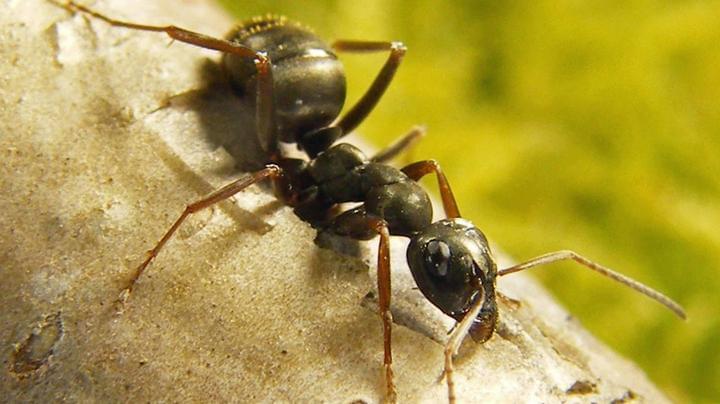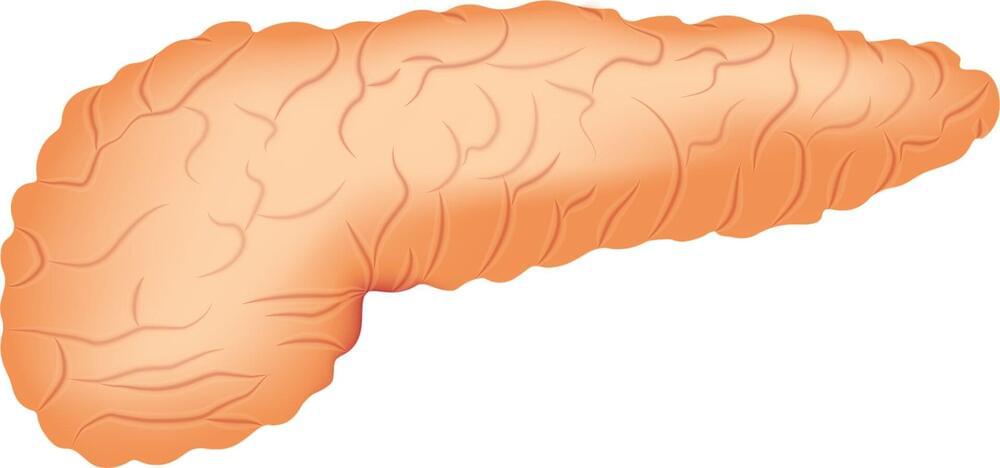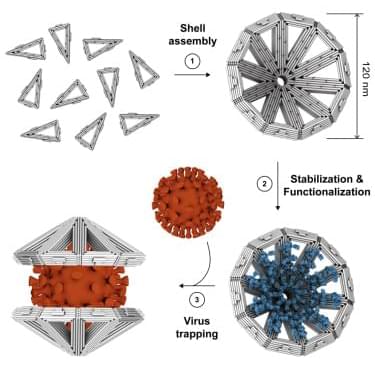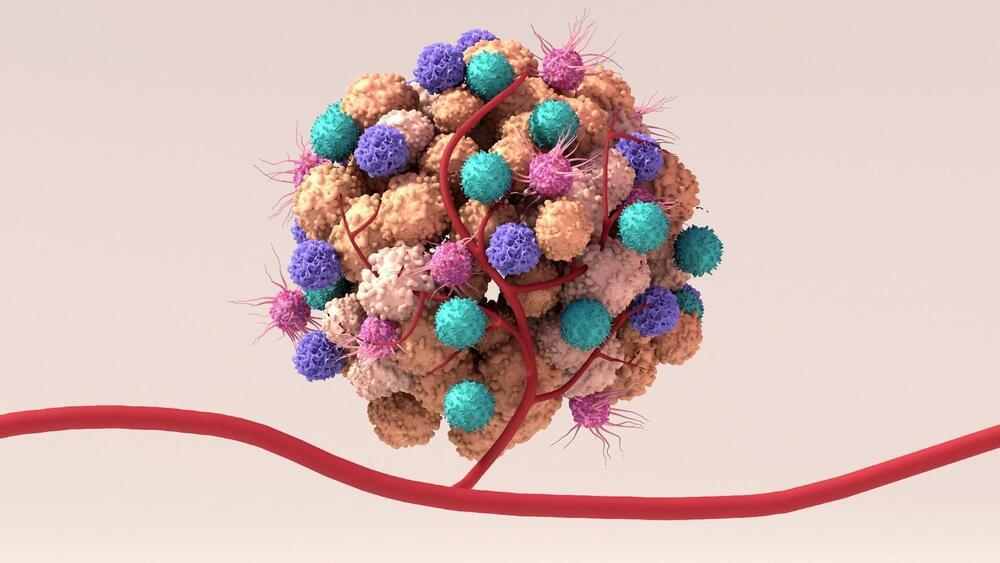Archive for the ‘biotech/medical’ category: Page 821
Jan 25, 2023
Long-term follow-up study of chronic pancreatitis patients highlights need for closer monitoring after surgery
Posted by Shubham Ghosh Roy in category: biotech/medical
Chronic pancreatitis, a painful, debilitating condition, often requires major surgery to remove all or part of the pancreas. Few large studies have evaluated how these patients fare five years or more after their operations. The largest study to date of patients who have had surgery for chronic pancreatitis with follow-up of six years or longer has found that about two-thirds survive after 10 years. However, more than one-fourth of these patients were still using opioids daily for pain.
The study, presented at the Southern Surgical Association 134th annual meeting in December in Palm Beach, Florida, has been published online as an “article in press” in the Journal of the American College of Surgeons (JACS).
“After surgical intervention, we, as surgeons, expect that we return these patients back to their normal lives,” said lead study author Gregory C. Wilson, MD, an assistant professor of surgery at the University of Cincinnati College of Medicine. “In this study, we have long-term follow-up examining survival and cause of death in these patients well after that surgical period, and what we see is that survival continues to decline even five years out from surgery.”
Jan 24, 2023
Researchers Find Way To Reverse Aging
Posted by Paul Battista in categories: biotech/medical, chemistry, genetics, life extension, neuroscience
Recent experiments conducted in Boston labs have shown reverse aging results among mice and could show similar results in people.
The combined experiments — which were conducted during a span of 13 years — published Thursday (January 12) in the scientific journal Cell reported that old, blind mice regained eyesight, developed smarter brains and built healthier muscle and kidney tissue, challenging the theory that DNA was the only cause of aging, as it proved that chemical and structural changes to chromatin played a factor without altering genetic code.
The research showed that a breakdown in epigenetic information caused the mice to age and the restoration of the epigenome reversed aging effects.
Jan 24, 2023
DNA origami traps for large viruses
Posted by Shubham Ghosh Roy in categories: biotech/medical, particle physics
Virus-enveloping macromolecular shells or tilings can prevent viruses from entering cells. Here, we describe the design and assembly of a cone-shaped DNA origami higher-order assembly that can engulf and tile the surface of pleomorphic virus samples larger than 100 nm. We determine the structures of subunits and of complete cone assemblies using cryoelectron microscopy (cryo-EM) and establish stabilization treatments to enable usage in in vivo conditions. We use the cones exemplarily to engulf influenza A virus particles and severe acute respiratory syndrome coronavirus 2 (SARS-CoV-2), chikungunya, and Zika virus-like particles. Depending on the relative dimensions of cone to virus particles, multiple virus particles may be trapped per single cone, and multiple cones can also tile and adapt to the surface of aspherical virus particles. The cone assemblies form with high yields, require little purification, and are amenable for mass production, which is a key requirement for future real-world uses including as a potential antiviral agent.
Jan 24, 2023
Ben Goertzel — Emergence, Reduction & Artificial Intelligence
Posted by Dan Breeden in categories: biotech/medical, neuroscience, robotics/AI

The concept of emergence is controversial to some — for example Eliezer Yudkowski, who favors reductionism, wrote a critique at Less Wrong (see link below). Do reductionists often dismiss emergence?
Ben formalized emergence in his book ‘The Evolving Mind’ as patterns that appear when you put two or more things together that are not there in any of the individual parts.
Book — ‘The Evolving Mind’: http://www.goertzel.org/books/mind/contents.html http://www.amazon.com/Evolving-Futures-General-Evolution-Stu…atfound-20
Continue reading “Ben Goertzel — Emergence, Reduction & Artificial Intelligence” »
Jan 24, 2023
This Startup Is Using AI to Unearth New Smells
Posted by Jose Ruben Rodriguez Fuentes in categories: biotech/medical, robotics/AI
Google Research spinout Osmo wants to find substitutes for hard-to-source aromas. The tech could inspire new perfumes—and help combat mosquito-borne diseases.
Jan 24, 2023
Device transmits radio waves with almost no power—without violating the laws of physics
Posted by Michael Taylor in categories: biotech/medical, computing, food, satellites

A new ultra-low-power method of communication at first glance seems to violate the laws of physics. It is possible to wirelessly transmit information simply by opening and closing a switch that connects a resistor to an antenna. No need to send power to the antenna.
Our system, combined with techniques for harvesting energy from the environment, could lead to all manner of devices that transmit data, including tiny sensors and implanted medical devices, without needing batteries or other power sources. These include sensors for smart agriculture, electronics implanted in the body that never need battery changes, better contactless credit cards and maybe even new ways for satellites to communicate.
Jan 24, 2023
Study shows spatial organization in tumor cells
Posted by Shubham Ghosh Roy in categories: biotech/medical, genetics
In a recent study published in Cell, researchers investigated whether the observed tumor cellular heterogeneity and architecture result from stochastic and chaotic events or whether there is more coordination in the histopathological chaos of cancer. They also explored mechanisms shaping the highly complicated tumor landscape.
Both embryology studies and oncology research activities are aimed at elucidating tissue growth mechanisms; however, they share limited conceptual and technical overlap. Morpho-genomic processes and tissue-level signaling are prime mechanisms in the field of embryology. Researchers have developed various approaches to explore the associated mechanisms; however, cell, genetic, and biological means have been predominantly focused upon, leaving the spatial aspects of tumor cells under-studied in the field of oncology.
Jan 24, 2023
Sea Spiders Show Unusual Ability to Regenerate Nearly Complete Bottom Halves, Study Finds
Posted by Dan Breeden in categories: biotech/medical, cyborgs
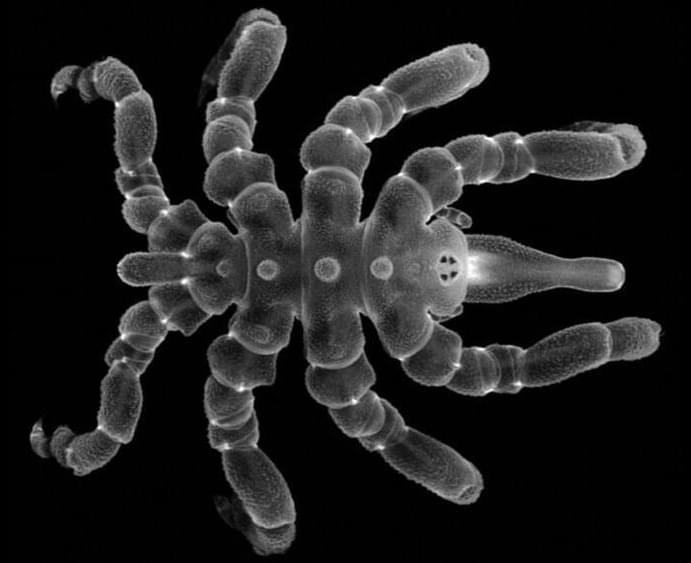
Some young sea spiders can regenerate significant portions of their bottom halves, including muscles, reproductive organs, and the anus, or can function without them, according to a study published on January 23rd in the Proceedings of the National Academy of Sciences.
The ability to regrow body parts is not widely seen, but some species possess this capability. For example, some sea slug heads can regenerate their entire bodies, and sea spiders and other arthropods can regrow parts of their legs. Researchers previously believed that arthropods could only regenerate legs, possibly due to their hard exoskeletons preventing them from regenerating other body parts.
Jan 24, 2023
Tiny ion is crucial for HIV replication, say chemists
Posted by Michael Taylor in categories: biotech/medical, computing, genetics
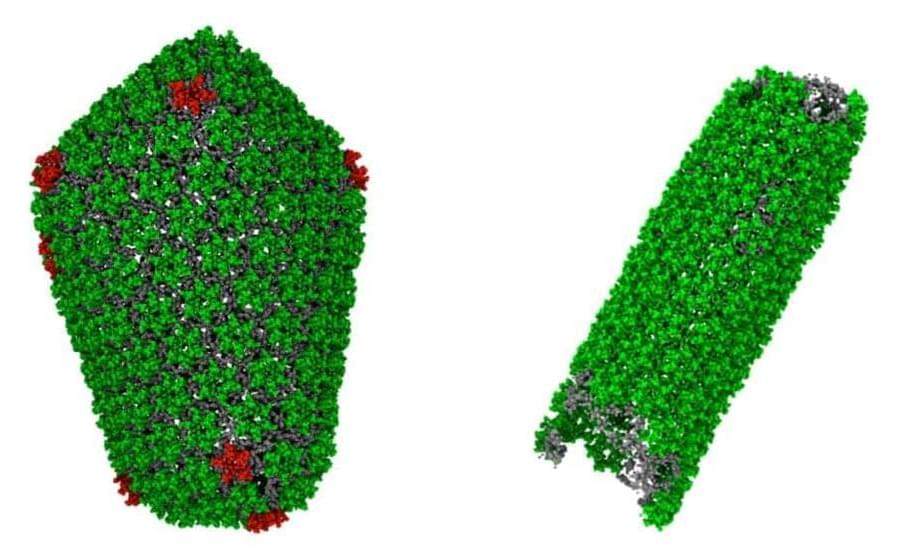
A study by chemists at the University of Chicago has uncovered a new key step in the process that HIV uses to replicate itself.
The study, published Jan. 6 in Science Advances, used computer modeling to focus on how HIV forms a capsule that carries its genetic material—in particular, the role of a particular ion known as IP6. Scientists had previously suspected IP6 has an important function but didn’t know exactly how it worked.
Continue reading “Tiny ion is crucial for HIV replication, say chemists” »
